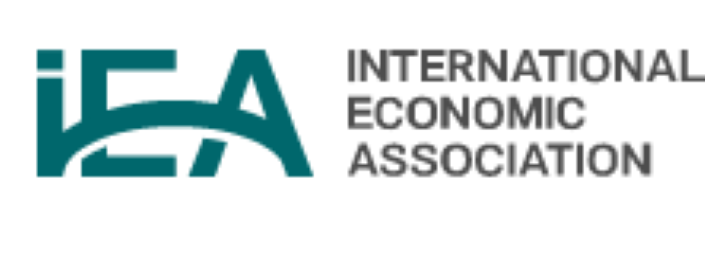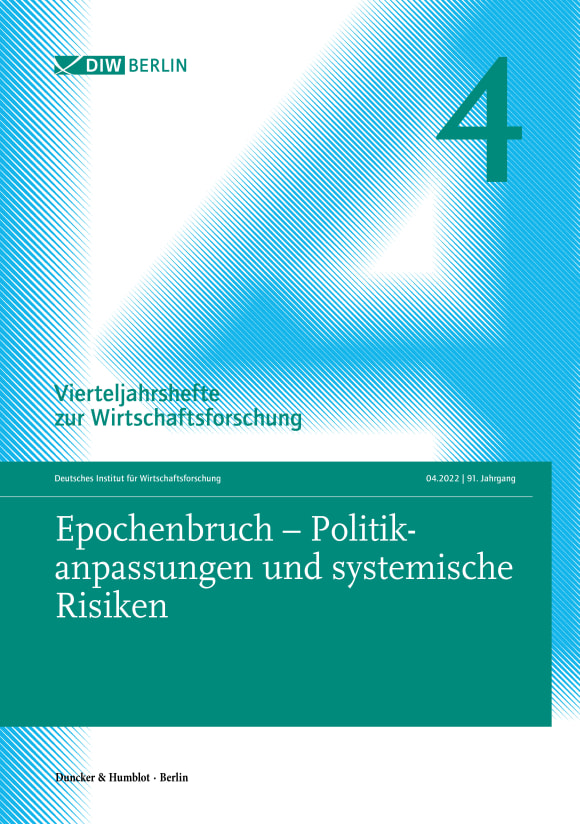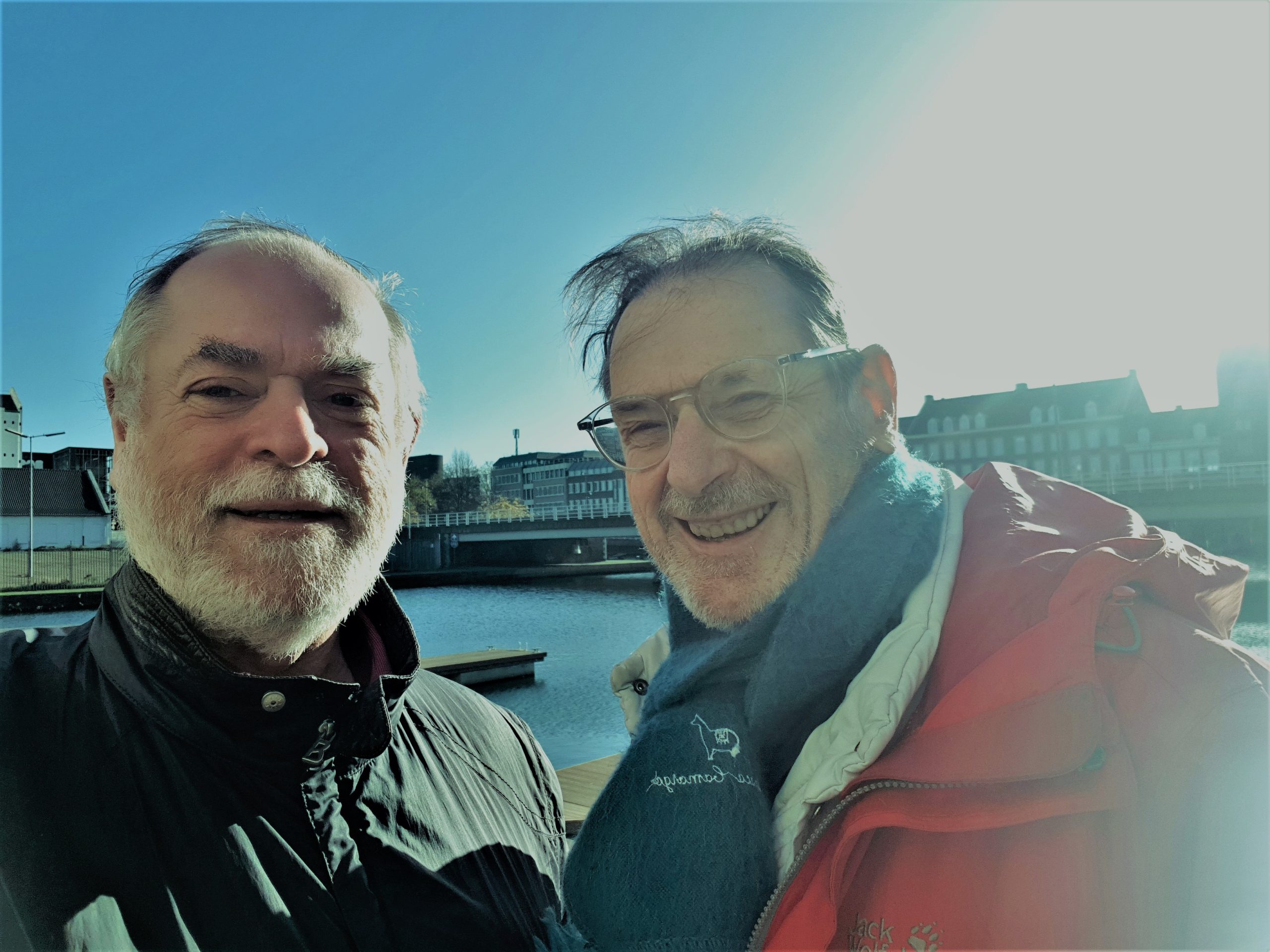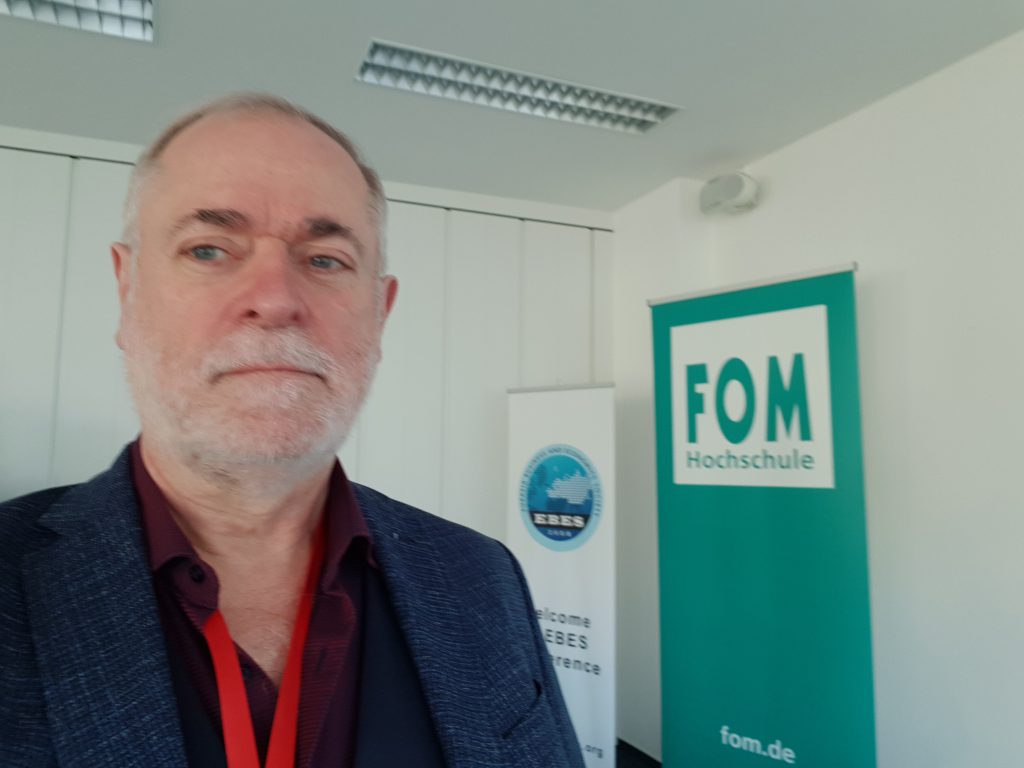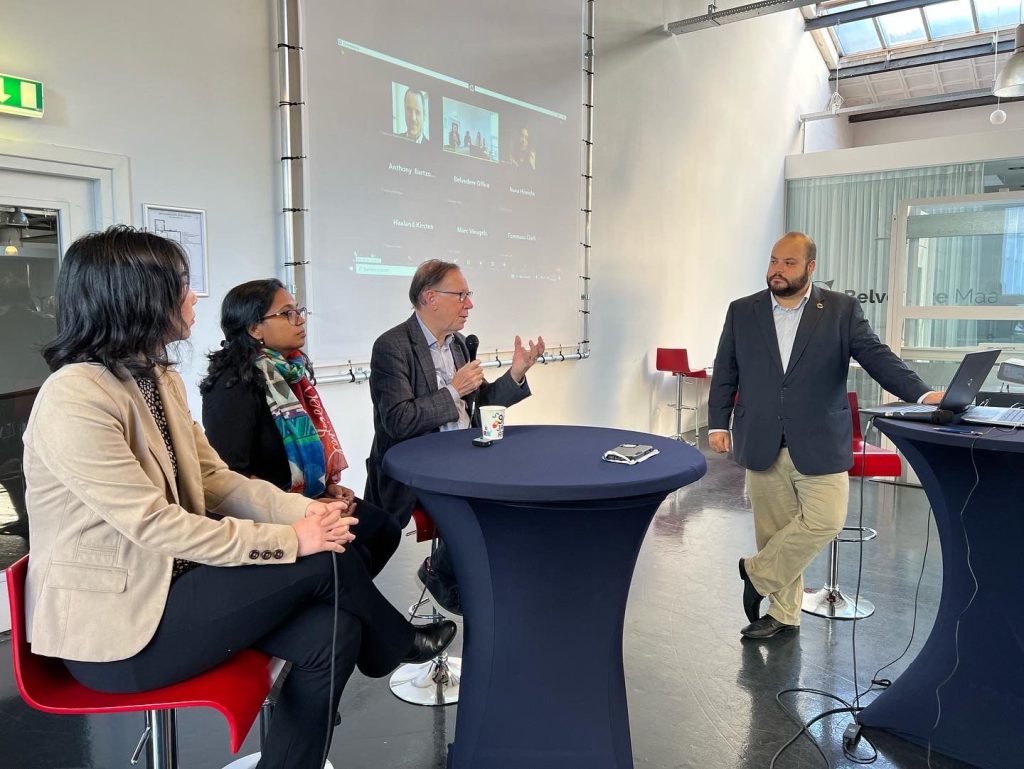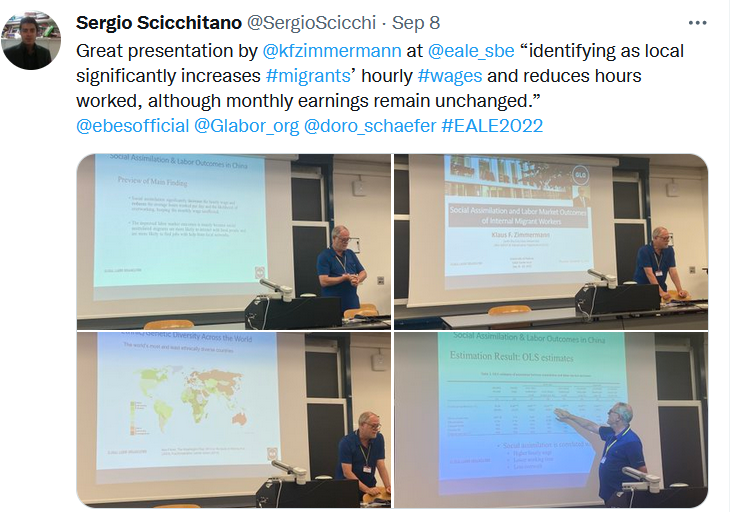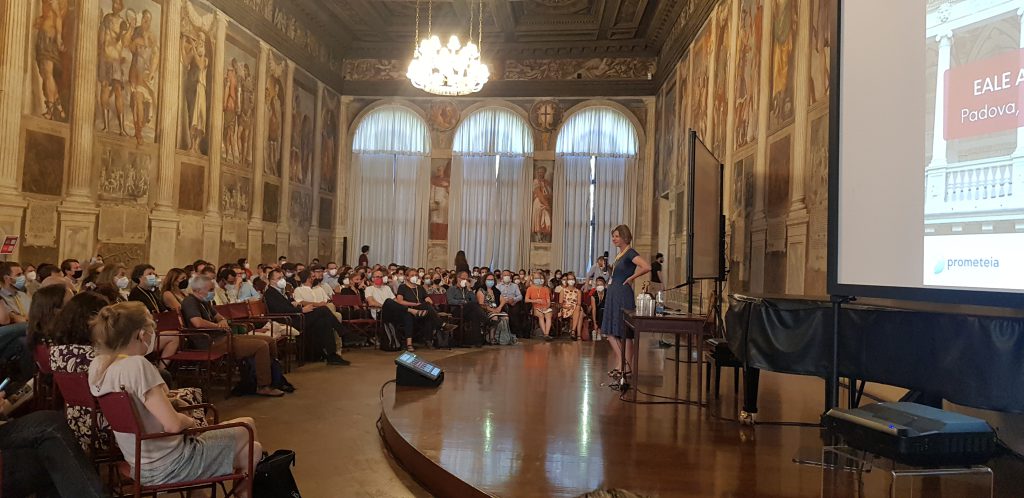Enjoy happy, relaxing & healthy holidays!
**> Beyond the bitter experiences with the war in the Ukraine.
**> Remember the many successes achieved.
**> Thanks for all the ongoing support!
**> Best wishes for the New Year!
**> Stay in touch in 2023!
Some personal highlights of the year:
Honors:
- Received one of the IEA Fellow awards for 2022 of the International Economic Association.
- The Journal of Population Economics (JOPE) received CiteScore 6.5 (2021, LINK) & Impact Factor 4.7 (2021, LINK).
Selected conferences:
- GLO Global Conference 2022: Updates & Videos December 1-3 around a special birthday.
- 41st EBES – GLO Conference together with FOM in Berlin, October 12-14.
- Conference presentation at EALE Padova 2022, September 8-11.
- Fifth IESR-GLO Joint Conference, August 29 –30.
- Conference presentation at EEA-ESEM Milan 2022, August 22-26.
Scientific publications:
- Vu M. Ngo, Klaus F. Zimmermann, Phuc V. Nguyen, Toan Luu Duc Huynh and Huan H. Nguyen (2022). “How education and GDP drive the COVID-19 vaccination campaign”, OPEN ACCESS: Archives of Public Health 80 (171) 2022. DOI 10.1186/s13690-022-00924-0.
- Klaus F. Zimmermann (2022). “Zeitenwende und die Schatten der Geschichte. Implikationen für wissenschaftliche Kooperationen in der ‚herausgeforderten‘ Globalisierung.” Vierteljahrshefte zur Wirtschaftsforschung 91 (4), 57-66. Pre-publication version. Published journal website.
- Matloob Piracha, Massimiliano Tani, Klaus F. Zimmermann and Yu Zhang (2022). “Higher Education Expansion and the Rise of China in Economics Research”. China Economic Review 74 (2022) 101813. Published FREE OPEN ACCESS. Free PDF.
- Vu M. Ngo, Klaus F. Zimmermann, Phuc V. Nguyen, Toan Luu Duc Huynh and Huan H. Nguyen (2022). “Understanding the setup and speed of global COVID-19 vaccination campaigns”. VoxEU on 25 January 2022.
- Shyamal Chowdhury, Matthias Sutter & Klaus F. Zimmermann (2022), “Economic Preferences across Generations and Family Clusters: A Large-scale Experiment in a Developing Country”. Journal of Political Economy, September 2022 (vol. 130, no. 9, pp. 2361-2410). https://www.journals.uchicago.edu/doi/10.1086/720395
Final and free (open access) published JPE Version. (With main text, online Appendix, and data access.) - Monica Roman, Klaus F. Zimmermann and Aurelian-Petruș Plopeanu (2022), “Religiosity, Smoking and Other Risky Behaviors”. Journal of Economics, Management and Religion. Vol. 3, No. 1 (2022) 2250001
OPEN ACCESS FREE PDF https://doi.org/10.1142/S2737436X22500017 Journal Online.
Selected media appearances:
- Scholz visit to strengthen mutual trust. Opinion Piece in “China Daily” of November 4, 2022. MORE Info.
- July: Zirkuläre Migration und Integration. Ökonomische Potenziale temporärer Wanderung. Arbeitsmarkt- und Integrationsmagazin „clavis“, Sommer 2022, S. 22-23. MORE info.
- June 22: Wissenschaftliche Politikberatung als Herausforderung. Diskussionsbeitrag von Klaus F. Zimmermann in Wirtschaftliche Freiheit. Das ordnungspolitische Journal vom 22. Juni 2022. Paper on Blog: LINK. Prepublication text here. Further literature: LINK.
- June Spring Issue: Is the European Union on course to become the big loser in the global tech race? A symposium of views in the new issue of ‘The International Economy’, The magazine of international economic policy with a contribution of Klaus F. Zimmermann on pp. 47-48. LINK
- March 2: Interview of Klaus F. Zimmermann; in: “Grenzen der Wissenschaft”, Part 1 (“Von Atomkraft bis Contergan”) on the 2008 financial market crisis and the limits of forecasting (in German). Video of Part 1 (available until March 1, 2027). ZDFinfo.
Ends;


